AirPods Pro vs Sony LinkBuds: which true wireless earbuds are the best?
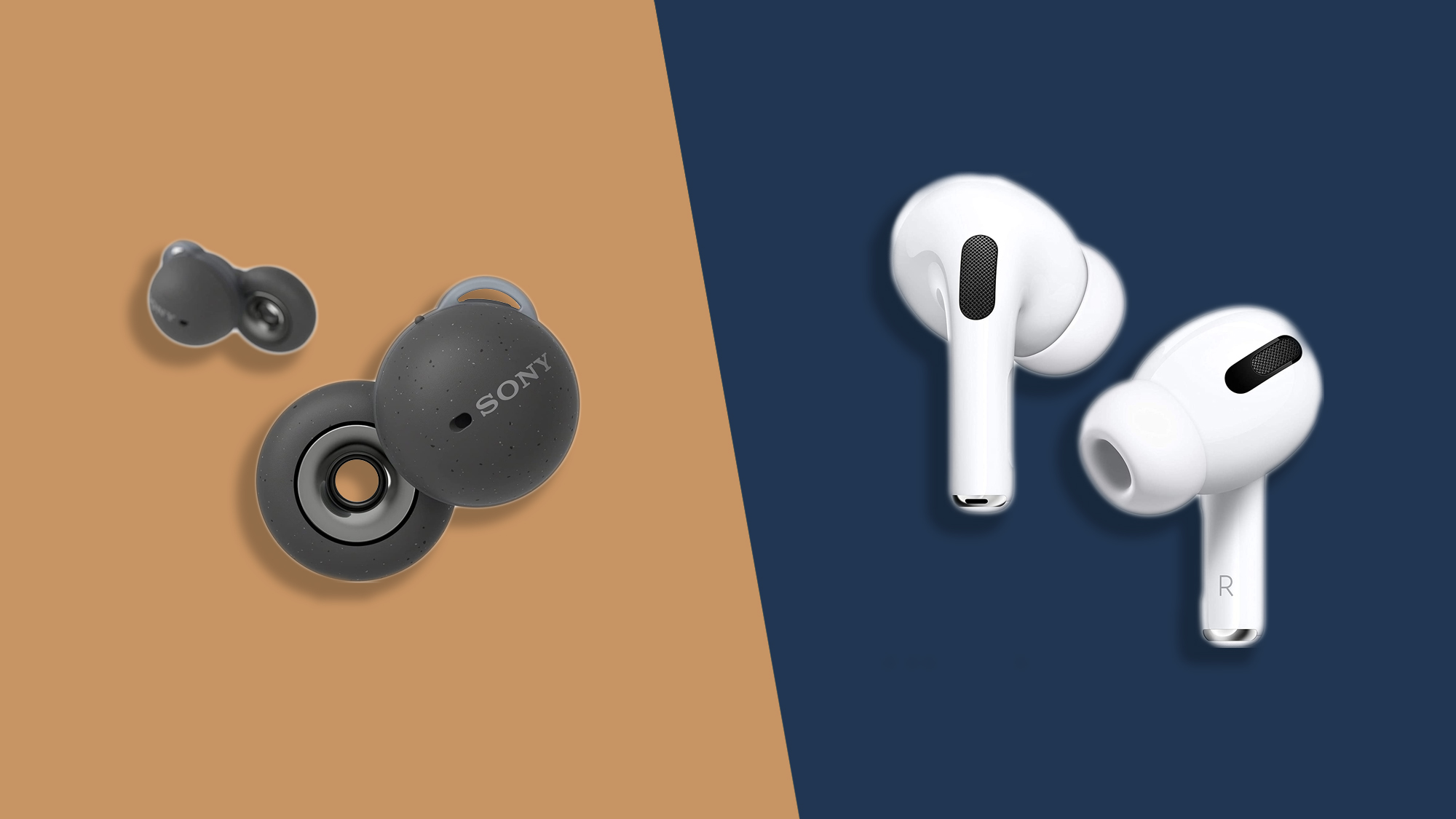
The Apple AirPods Pro are an excellent pair of true wireless earbuds, with good quality sound, a comfortable design and (unlike the original AirPods) they’re noise-cancelling, bringing you an immersive listening experience.
However, at $249 / £249 / AU$399, they’re expensive, and during our testing, we found they’re best-suited to iPhone users. So what alternatives are available?
There are plenty of true wireless earbuds to choose from. If you don’t need Apple buds, try the Sony WF-1000XM4 – these are our pick of the top wireless earbuds right now. Alternatively, if you’re looking for a cheaper option, we recommend the Lypertek PurePlay Z3 2.0, which offer excellent value for money at $99 / £99 (about AU$185).
A new pair of buds that we think could shake up the true wireless market in a significant way are the Sony LinkBuds.
In looks, Sony’s latest true wireless buds are very, very different to the AirPods Pro. The LinkBuds also have clever controls – you can tap your face to skip a track – and a unique open-ring design that not only looks unusual but also brings you great sound and allows you to hear ambient noise, too.
So which is best, the Apple Airpods Pro or the Sony LinkBuds? There’s no easy answer. Both of these models offer slightly different features and excel in different ways.
In this guide, we’ll help you understand the key similarities and differences so you can decide which pair of true wireless earbuds are right for you.
Sign up for breaking news, reviews, opinion, top tech deals, and more.
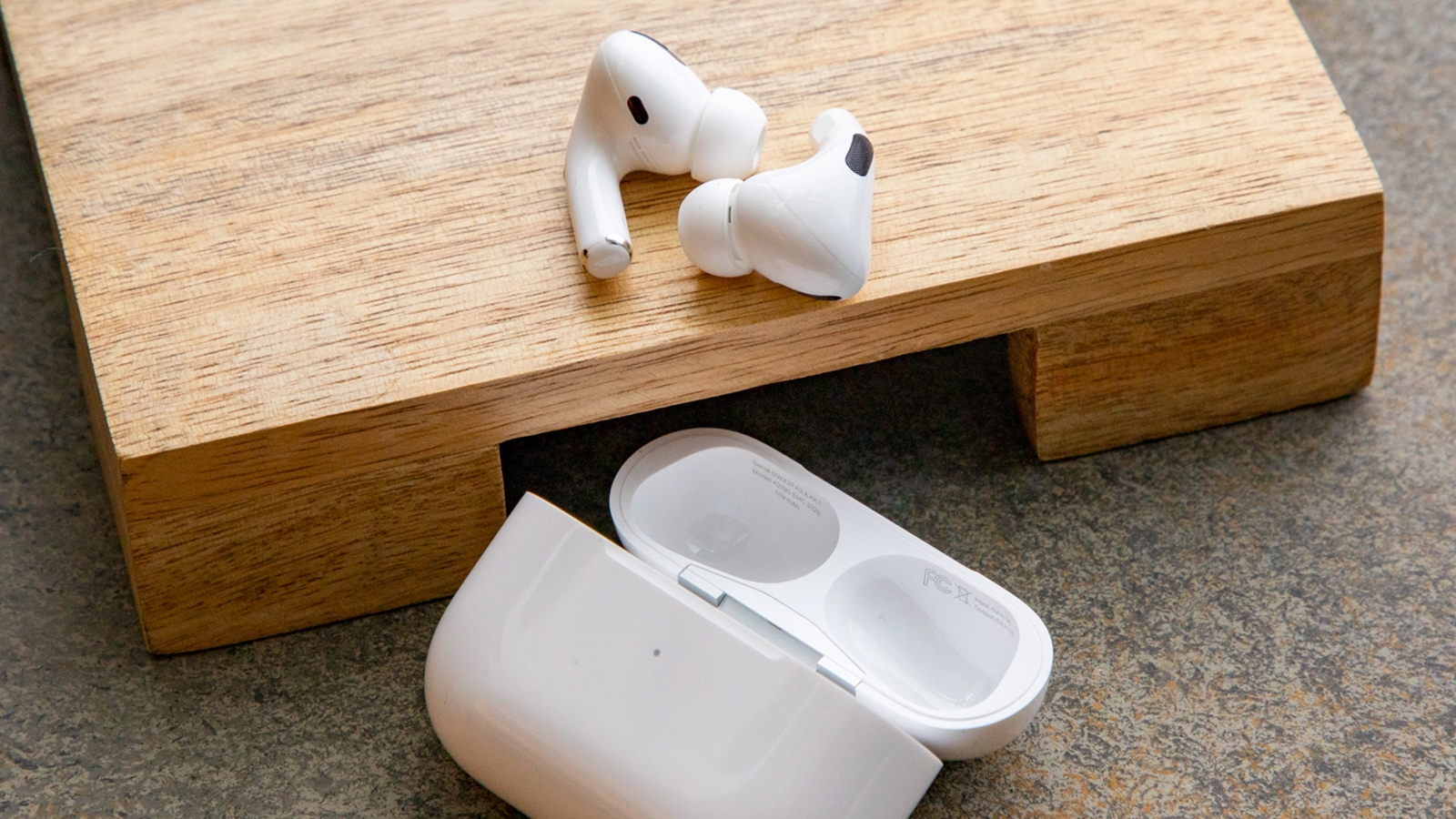
AirPods Pro vs Sony LinkBuds: price and availability
The Apple AirPods Pro were released globally on October 30, 2019. They cost $249 / £249 / AU$399 at the time of release, and that price has remained consistent since.
The Sony LinkBuds were released on February 15, 2022, and are available for $179 / £149 / AU$299.
This makes the Sony LinkBuds considerably cheaper than the AirPods Pro, as well as Sony’s flagship true wireless earbuds, the Sony WF-1000XM4, which cost $279.99 / £250 / AU$449.95. The most significant difference here is the AirPods Pro and XM4s offer noise cancellation, whereas the Sony LinkBuds don’t, which could account for the lower price.
Cost-wise they’re more on par with the price of the Apple AirPods 3. They’re $179 / £169 / AU$279 and also don’t have noise cancellation.
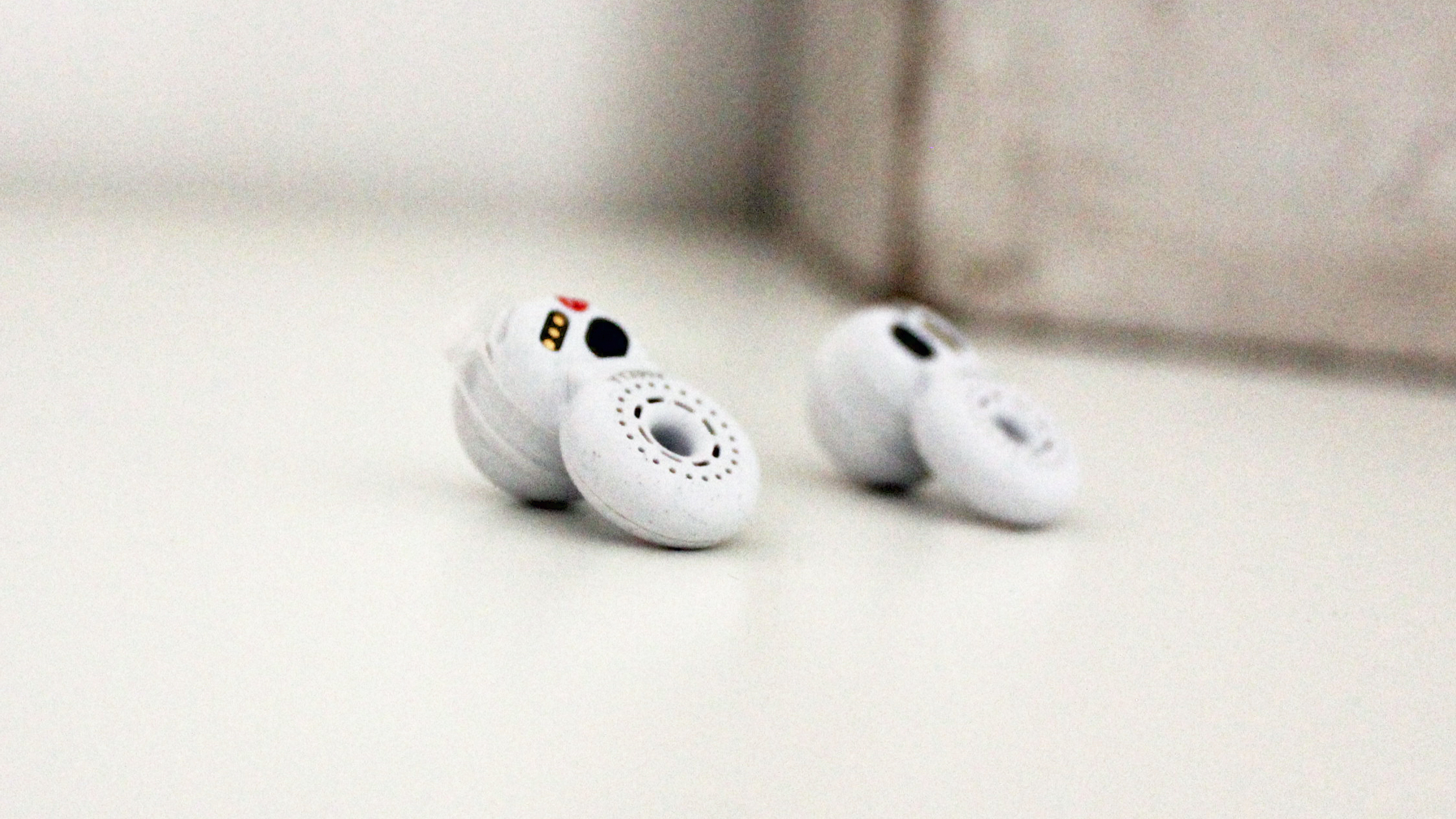
AirPods Pro vs Sony LinkBuds: design
One of the biggest issues for true wireless earbuds manufacturers is packing lots of clever tech into a compact build. The Apple AirPods Pro and Sony LinkBuds both excel in this respect, with sleek, stylish, and lightweight designs.
Apple’s buds have the distinctive AirPods look, but with shorter stems than the regular, non-pro models. They have silicone eartips in a range of sizes, so you should be able to get the fit just right. To ensure they’re comfortable, they also have air vents, preventing that strange suction feeling that’s common with earbuds. They generally fit securely – even during a workout – and each bud weighs only 5.4g.
The Sony LinkBuds are unusual because they have a fully open ear design. The bulk of the earbud housing sits in the conch of your ear – held in place by a rubber fin – and a ring-shaped driver surrounds your ear canal.
Although you have several rubber fins to choose from to anchor them in place, this design felt a bit uncomfortable for us during our testing. This was likely because the buds sit in a different place than stem-style designs, but that could be down to personal anatomy – they might not be well-suited to smaller ears.
The LinkBuds are Sony’s smallest true wireless buds – 51% smaller in volume than the Sony WF-1000XM4 – and they weigh in a little lighter than the AirPods Pro at just 4.1g each.
Both pairs of true wireless earbuds have an IPX4 water-resistant rating, which means they can be worn outside in the rain and handle a sweaty workout at the gym.
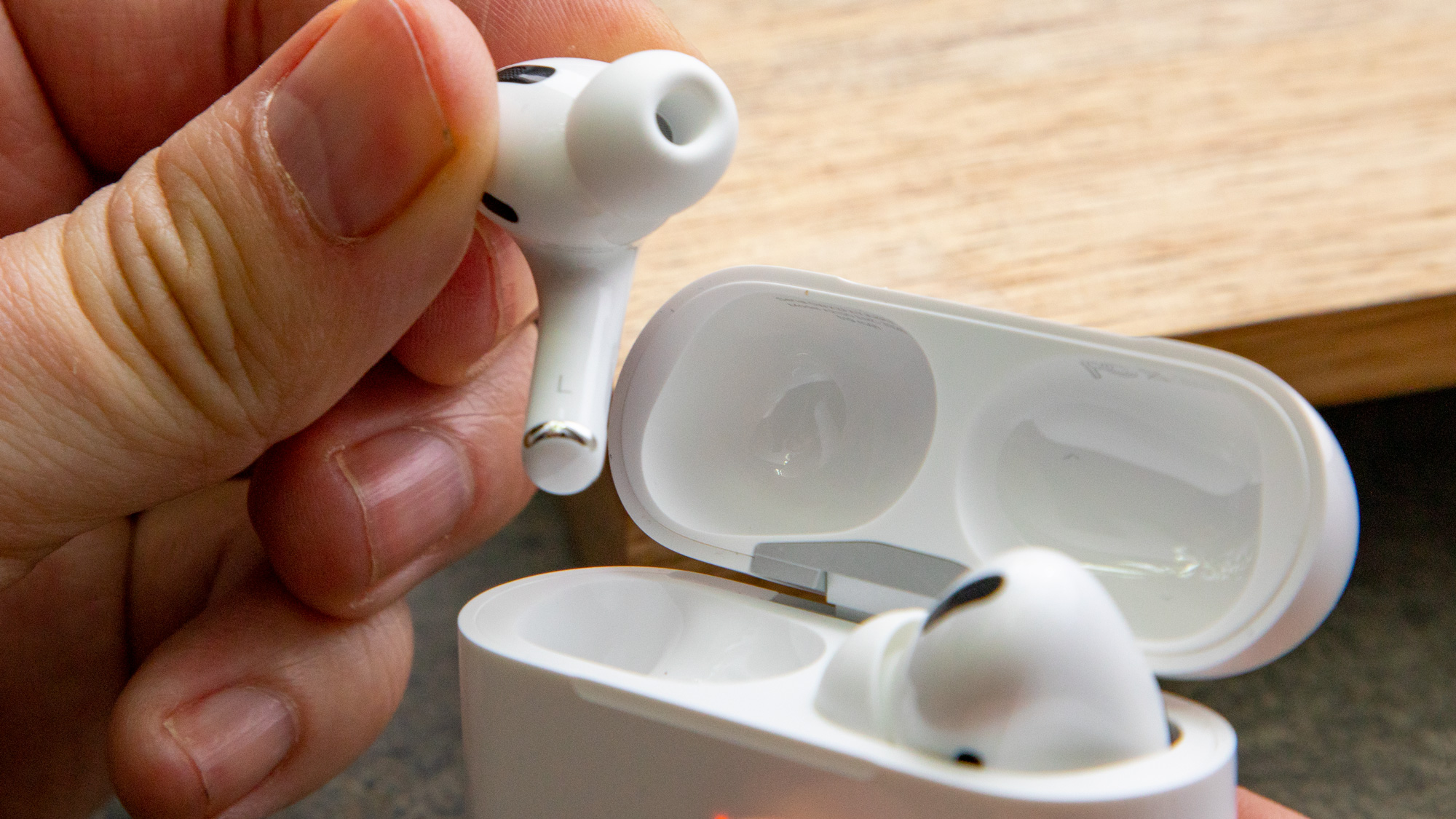
AirPods Pro vs Sony LinkBuds: Controls and setup
The AirPods Pro have a small ridge on their stems, which is how you control them. You can activate noise-cancelling / Transparency mode or skip and pause tracks. We thought this seemed tricky to use at first during our testing, but it became second nature pretty quickly.
Because the LinkBuds are so tiny, tapping on the buds themselves can be challenging. That’s why Sony has implemented a new feature called Wide Area Tap. This means you can tap the area in front of your ears to control the buds. Cool, right? Just tap your face to play or pause your music.
The AirPods Pro and LinkBuds allow you to customize these control settings and make other changes within their apps, too. For example, with the Sony Headphones Connect app, you can also enable Sony’s 360 Reality Audio technology, which requires you to take a quick photo of each ear. These are then analyzed to deliver personalized immersive sound performance.
As you might expect from an Apple product, the AirPods Pro are also incredibly straightforward to set up and tailor to your preferences. You can run a quick audio test to check you’ve got the right fit, and, like Sony’s app, you can tailor the sound to suit your ear structure.
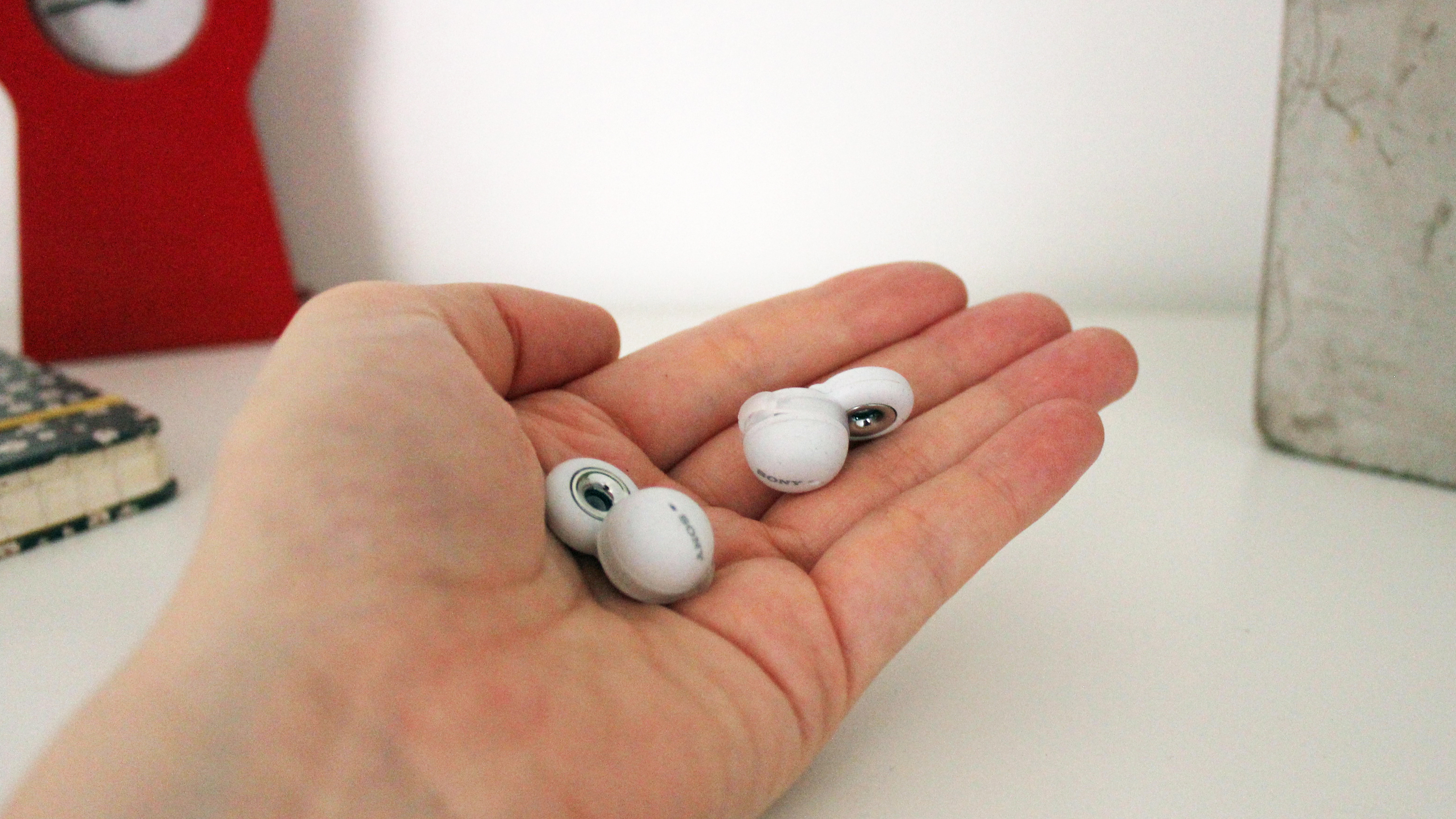
AirPods Pro vs Sony LinkBuds: Audio performance
The most significant difference between these earbuds is noise cancellation – the AirPods Pro have it, and the Sony LinkBuds don’t.
With the Apple AirPods Pro, you can customize the level of ANC, and there’s also a Transparency Mode, which allows you to hear what’s going on around you and have a conversation if you need to without taking them out of your ears.
In contrast, Sony designed the LinkBuds to allow you to hear what’s going on in your surroundings all the time, rather than block it out.
When it comes to general audio performance, the open design of the Sony LinkBuds means they offer a spacious and wide soundstage – you don’t usually get that from a pair of in-ear headphones. The 12mm drivers are also fairly powerful, while Sony’s Integrated Processor V1 inside means your music sounds authentic with minimal distortion.
You’ll also find support for Sony’s DSEE upscaling technology, automatic pausing when you remove your earbuds, and 360 Reality Audio, which allows for virtual surround sound.
However, because these buds are open and don’t create a seal in your ear canals, you might lose detail due to background noise and won’t get that chest-thumping bassy experience either. That’s a tradeoff you need to make for a pair of buds like these, which are for all-day use in various situations.
In comparison, the Apple AirPods Pro have a well-balanced soundstage, smooth mids, and more bass-heavy sound. We found that they tend to perform their best with pop, rock and RnB, but thought they lack a little detail when it comes to classical music.
Generally, audio is likely to sound more immersive with the AirPods Pro than the LinkBuds. This is thanks to several factors, including noise cancellation, the physical seal they create in your ear canal, and Spatial Audio, which works in 5.1, 7.1 and Dolby Atmos, positioning sound all around you within a ‘virtual sphere’.
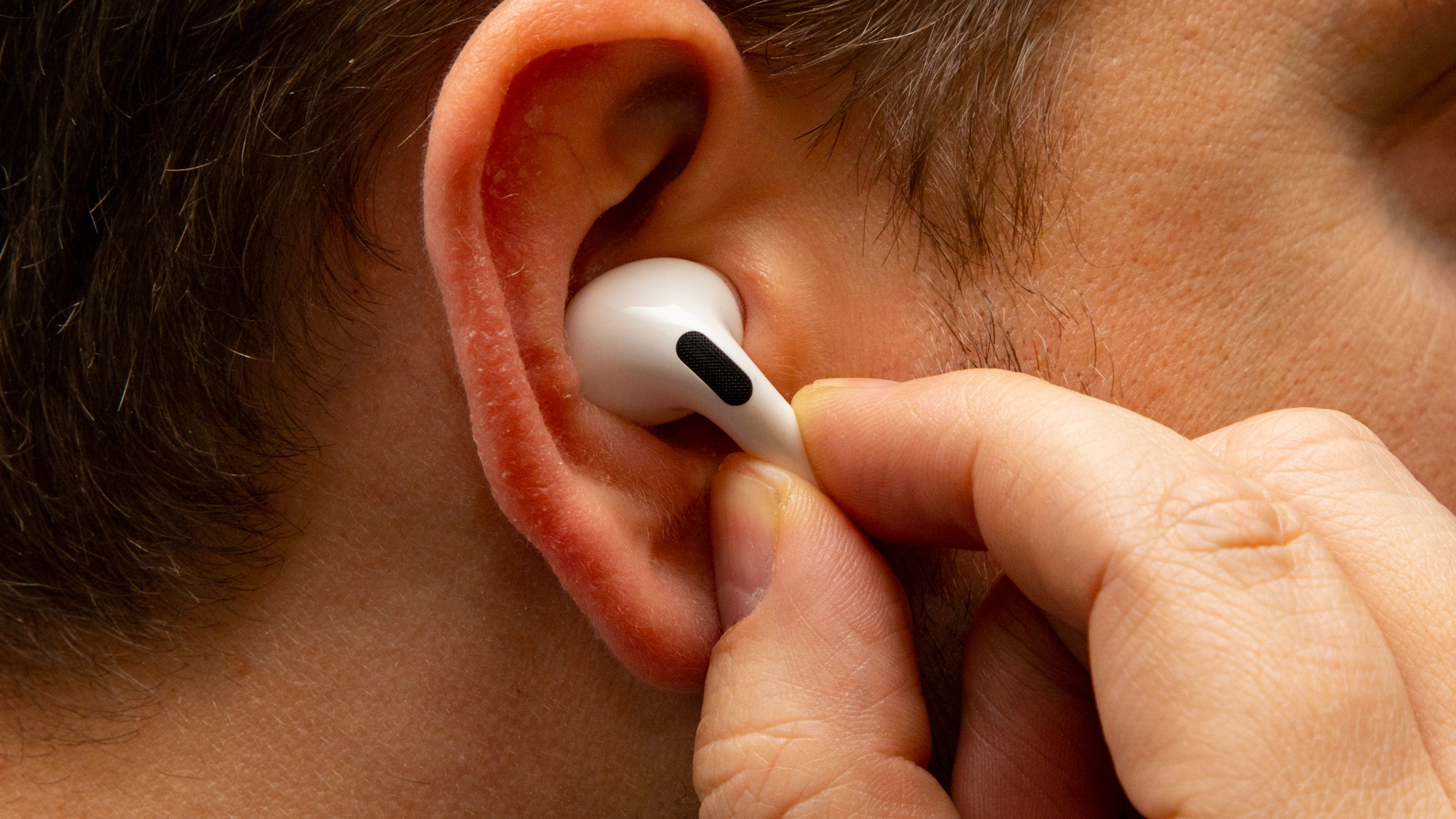
AirPods Pro vs Sony LinkBuds: Battery life
After a full charge, the AirPods Pro will give you 4.5 hours of listening time and a further 24 hours with the charging case. This will depend on usage – if you’re making lots of calls, expect that number to be closer to 3.5 hours.
The charging case supports wireless charging and has a handy quick charging feature, which promises one hour of listening time for just five minutes of charging time – although we felt that was a little optimistic when we reviewed them.
With the Sony LinkBuds, you get 17.5 hours of battery. That breaks down to 5.5 hours from the earbuds and another 12 from the charging case. You’ll get quick charging with the LinkBuds, too, which means you can top them up in a hurry, but there’s no wireless charging.

Takeaway
If you can’t choose between the AirPods Pro and Sony LinkBuds, the deciding factor could be the price. The Sony LinkBuds are a whole $100 / £100 cheaper than the AirPods Pro.
Let’s not forget the brands behind the buds, too. The Apple AirPods Pro have a distinctive AirPods look, and if that appeals to you, the LinkBuds won’t cut it. What’s more, the AirPods Pro work very well with other Apple products, so if you’re already bought into that ecosystem, the AirPods are a solid choice.
However, we think the biggest thing to consider between these two rival buds is how you’re going to use them. You can wear the LinkBuds all day. You can take calls, listen to music and hear the world around you as you do. For some people, that will be appealing, especially if you like using headphones at work when you need to be aware of the people around you.
But suppose that isn’t a priority for you and, instead, you want fully immersive sound that can block out the world thanks to noise-cancelling tech? In that case, you’re better suited to the AirPods Pro – especially if you tend to only reach for your headphones in specific scenarios, like when you’re working or heading to the gym.
Having said that, if noise-cancelling is your ultimate priority above all else, we recommend you look elsewhere. You’ll find better noise cancellation from other true wireless earbuds, like the Bose QuietComfort Earbuds.
Both the AirPods Pro and the Sony LinkBuds are two great pairs of true wireless earbuds, and you can’t go wrong with either. But it is worth thinking about your listening habits and whether you’d benefit from hearing the world around you easily or would prefer to wrap yourself up in a cocoon of sound whenever you like.
- Apple AirPods Pro 2: everything you need to know

Becca is a contributor to TechRadar, a freelance journalist and author. She’s been writing about consumer tech and popular science for more than ten years, covering all kinds of topics, including why robots have eyes and whether we’ll experience the overview effect one day. She’s particularly interested in VR/AR, wearables, digital health, space tech and chatting to experts and academics about the future. She’s contributed to TechRadar, T3, Wired, New Scientist, The Guardian, Inverse and many more. Her first book, Screen Time, came out in January 2021 with Bonnier Books. She loves science-fiction, brutalist architecture, and spending too much time floating through space in virtual reality.